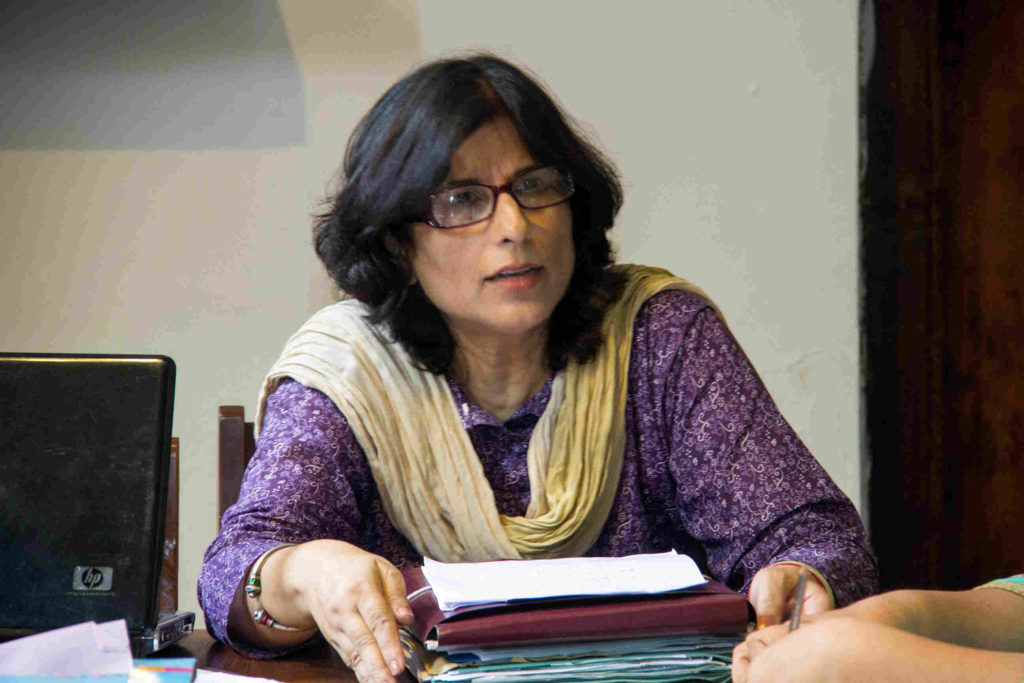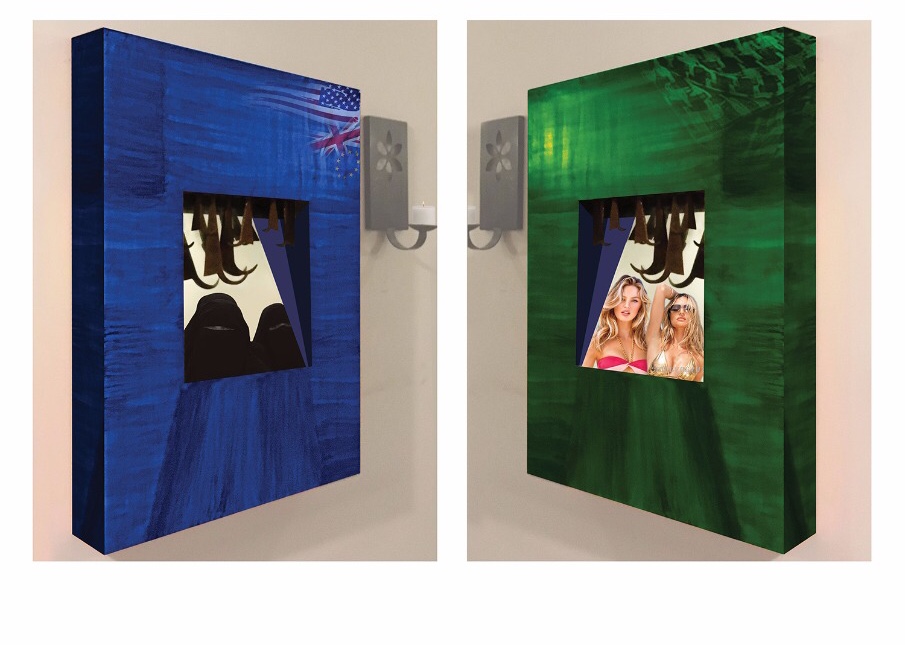
My background is multidisciplinary e.g. art education, industrial design, adult development, gender studies, Islam and history. I was Visiting Professor of Education and Teaching Fellow at Harvard University Graduate School of Education and Professor of Design at the National College of Art, Lahore, Pakistan. I have assisted developmental psychologist Dr. Robert Kegan, and followed the inception of his theory of Adult Development, and theory’s materialization into a mind transforming learning device, the Immunity-to-Change (ITC) Mapping Exercise. Currently, I am on leave from full-time teaching. This is to reflect on my old ways of working; to change; to think anew about learning and teaching; create research-based art installations; get the stacks of my research heard and published, which I couldn’t sufficiently, because my kids were young and parents old; and develop fresh research and professional networks. Together, for their expressive and therapeutic edge, I find the Collective-Memories Work (CMW) and the ITC dovetailing with all the above self indulgent activities I have been doing and plan to do.
Shabnam’s Contribution at the Symposium
Collective Memories – Agents of Change
In the Catalyst Session/CMW Symposium, I would present the digital versions of my interactive design installations entitled, ‘Artful Instruments of Transformational Learning’ (AITL), which, through the Collective-Memory Work (CMW) as an instructional methodology, I have been testing, to support the development of the complexity of minds, in the university courses I teach e.g. adult development.
Responding to the current worldwide tribal politics, I theorize that universities serve as developmental incubators. Universities, where the flourishing of moral capacity and cultural evolution to recognize the thought leaders’ recommended goal of shared-humanity becomes the primary objective. The CMW could be a powerful methodological instrument towards this goal: individuals and groups, through the sharing of collective memories of endemic conflictual issues, develop mental capacity to confront own perceptions of conflicts and of those who hold different views about the same conflicts.
The AITL is an artistically conceived developmental podium. It derives its functional mechanisms from the CMW data collection methodology and Kegan-Lahey’s (2009) Immunity-to- Change (ITC) Mapping-Exercise. And philosophical moorings from Kegan’s adult development-as-key to the formation of mental complexity–the skill the 21st Century polarized world needs to mediate disagreements. The configuration, Subject-Object, is the conceptual bedrock of Kegan-Lahey’s Immunity-to-Change (ITC)-Mapping designed for individual, group, and organizational transformation: When a move from Subject to Object is made it signifies a qualitative change in mental development.
By requesting the counsel and active participation of the CMW practitioners attending the CMW Symposium in my presentation, which comprises of participation in AITL propelled collective memories about a particular conflictual issue, which the practitioners would democratically select from the proposed list of issues, I wish to refine my approaches to CMW. And improve the working of the AITL in both the classroom settings, and check if I could widen its scope for therapeutic purposes.
Addendum
To clarify my plan to share the art/design installation, AITL, I am sending one of the images. And the generic description of the AITL structure. The following piece drew the most enthusiastic and heated collective memories:

- Title. The West and Islam
The True Clash of Civilizations: The Woman Question.
GENERIC MODEL OF AITL. Encased in patterned, textured, coloured wooden frames, set at different angles, the MIRRORS–the psychological door to the otherness of self, and instruments of self-reflection– are the core material.
It is only a matter of changing one’s position of gazing. Using the actual change of perspectives, observed via the changing of reflections inside the MIRRORS of AITLTs, the Subject-Object directed Immunity-to-Change (ITC) Mapping of the groups of participants, embroiled in serious ideological differences, complement the Kegan-Lahey pen-paper ITC-Mapping exercise. The direct experience of alternative reflections inside the mirrors is a playful invitation to warring groups to delve interpersonally in identifying the adaptive problems and then formulating adaptive solutions of them.
References
Hutton. P. (1988). “Collective Memory and Collective Mentalities: The Halbwachs-Ariés Connection.” Historical Reflections / Réflexions Historiques Vol. 15 (2): 311-322
Johnson. C. (2018). Collective memory work: A methodology for learning with and from lived experience. Taylor & Francis
Kegan. R. (2009). Immunity
to change: How to overcome it and unlock the potential in yourself and your
organization. Harvard Business School Publishing Group.